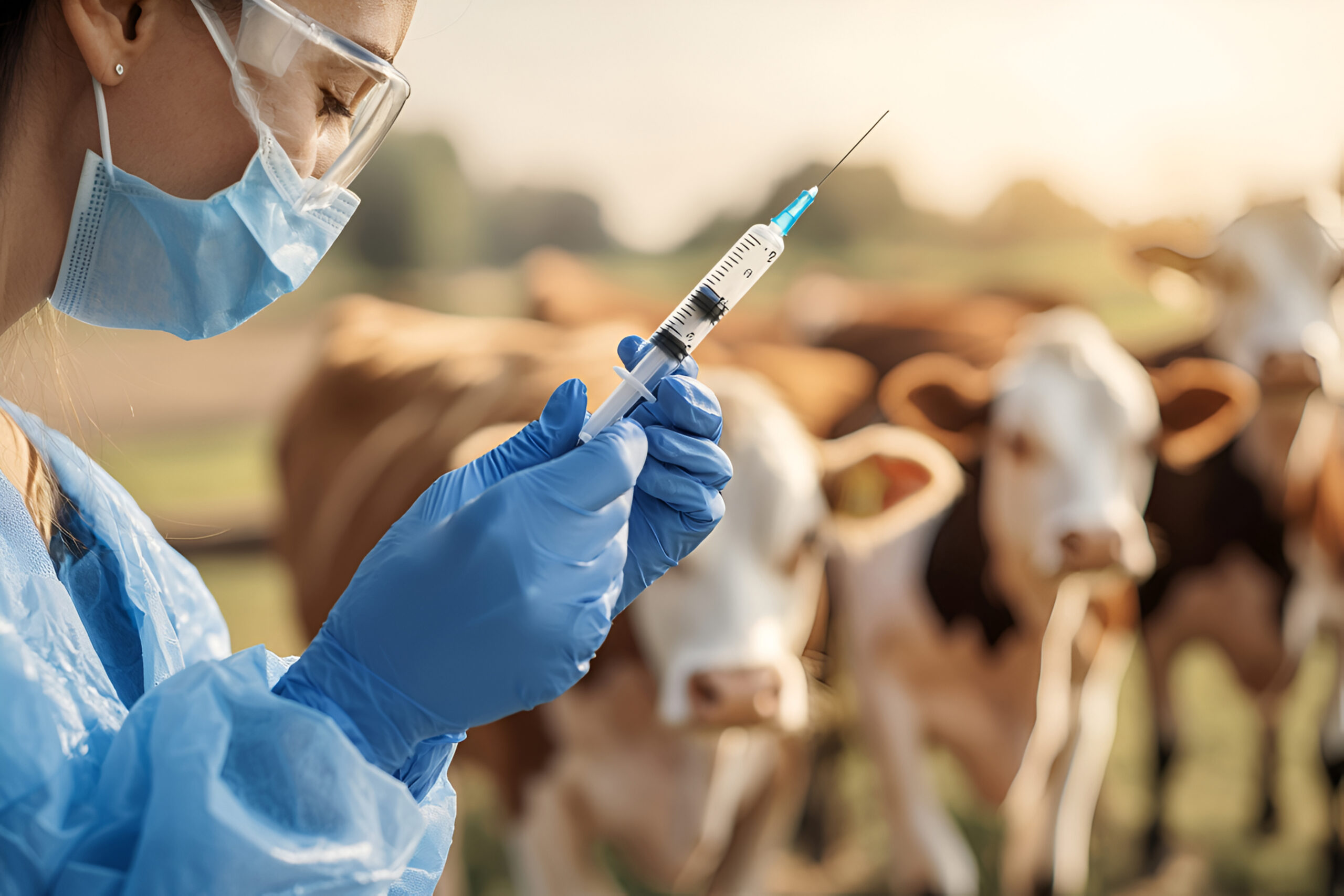Two Worlds, One Life
Most people are surprised when they learn that I spend my days delivering babies and my weekends working cattle. It’s not exactly a common combination, OBGYN and rancher. But for me, both callings feel natural. In fact, over time, I’ve realized they’re more alike than you might think.
At first glance, the sterile environment of a hospital and the rugged landscape of a ranch seem worlds apart. One relies on high-tech equipment, the other on weather forecasts and work boots. But both require attention, patience, resilience, and an unwavering commitment to care. Whether I’m guiding a mother through labor or helping a heifer give birth in the middle of the night, the principles are surprisingly similar.
Lessons in Observation
Medicine taught me how to pay close attention. To notice subtle changes in vital signs or shifts in a patient’s tone of voice. That same skill serves me well on the ranch. Animals don’t talk, but they communicate constantly through behavior, body language, and movement.
Recognizing when a cow is going into labor, or when something’s not quite right with the herd, requires the same kind of observational skill I use in the clinic. You have to be present. You have to care enough to watch closely and long enough to understand what’s normal and what’s not.
Long Hours, No Guarantees
Both professions demand long, often unpredictable hours. Babies and calves don’t follow schedules. Labor doesn’t care if it’s 3 a.m., and neither does a storm that might scatter your cattle. There’s a shared unpredictability that requires flexibility, stamina, and a deep sense of duty.
You show up. You adapt. And sometimes, even when you do everything right, the outcome isn’t what you hoped. In medicine and ranching alike, you learn to carry that weight with humility. You celebrate the wins, grieve the losses, and keep moving forward.
Responsibility Runs Deep
Whether I’m wearing scrubs or jeans, I carry the weight of responsibility. In the hospital, I’m trusted with people’s lives during some of their most vulnerable moments. On the ranch, I’m responsible for the health and safety of my animals, my land, and my team.
That responsibility is a privilege, but it’s also a constant. It doesn’t end when you leave the clinic or close the barn. You think about your patients and your livestock even when you’re off the clock. And that’s not a burden, it’s just part of caring deeply about what you do.
The Importance of Teamwork
No doctor works alone, and no rancher can run a place solo. Success in both fields depends on strong teams. In medicine, I rely on nurses, anesthesiologists, midwives, and support staff. On the ranch, I depend on experienced hands, veterinarians, and neighbors who show up when it matters.
Knowing when to lead and when to listen is just as important in a delivery room as it is in a branding pen. Mutual respect, communication, and trust keep both worlds running smoothly.
Problem-Solving on the Fly
If there’s one thing that both ranching and practicing medicine have taught me, it’s how to stay calm under pressure and think creatively. Emergencies rarely announce themselves in advance. Whether a mother’s labor stalls unexpectedly or a fence breaks during a storm, you have to assess the situation quickly and make smart decisions with the resources at hand.
You won’t always have ideal conditions. In fact, you usually won’t. But you learn to troubleshoot, stay steady, and work through it with whatever tools are available, sometimes literally with baling wire and duct tape.
Rooted in the Cycle of Life
There’s a certain rhythm to both ranching and obstetrics. Each is intimately connected to the cycle of life; birth, growth, challenges, and renewal. Being part of that rhythm has given me a deeper appreciation for the fragility and resilience of life.
Watching a newborn take its first breath, whether human or animal, is always profound. It never gets old. It reminds me of what really matters, and it keeps me grounded in a way few other experiences can.
Finding Balance Between the Two
People often ask how I balance two such demanding roles. The truth is, they balance each other. Medicine can be intense, with high emotional stakes and fast-paced decisions. Ranching, while physically demanding, brings a kind of peace. Being out on the land, working with my hands, and connecting with nature helps me recharge.
In many ways, the ranch is where I process the weight of what I see in the clinic. It’s where I slow down, reflect, and reconnect with the simple but powerful things, sunrise over the pasture, the sound of hooves, the smell of fresh hay. Those moments give me the clarity and strength to return to the hospital ready to give my best.
Full Circle: A Life Between Two Worlds
If you had told me years ago that I’d be just as comfortable in a delivery room as I am in a pasture, I might’ve laughed. But now, I can’t imagine one without the other. Each role makes me better at the other. Medicine has taught me to care deeply and think critically. Ranching has taught me to trust my instincts, stay humble, and never take life for granted.
Both have given me a sense of purpose that runs deep. And in their own way, they’ve shown me that no matter the setting, a life of service, whether to people or the land is a life worth living.

